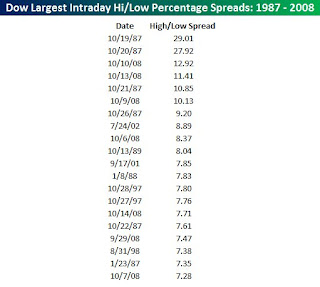Orange County Supply of Homes near 2 year low
This little nugget is reported in the OC Register. You won't hear this news from the mainstream media, but we've been reporting on this for several months. The supply of homes in the epicenter of the housing problem of Orange County in California is declining at a fast rate. Inventory peaked at nearly 18K homes September 2007 and has steadily dropped to below 12K now. Whats really interesting is that houses under $750K have a reasonably low turnover of only 5 months. The critics would claim that houses are being held off the market due to the drastically lower prices, therefore, reducing inventories. In reality though, the lack of willing sellers at these levels combined with more buyers coming in at these low prices is what creates a bottom and a reversal in the market. The stats don't lie and they definitely show how inventory levels kept growing and peaked in the late summer when supply was too high, but in 2008 inventory peaked in March. Don't be surprised when CA ...










